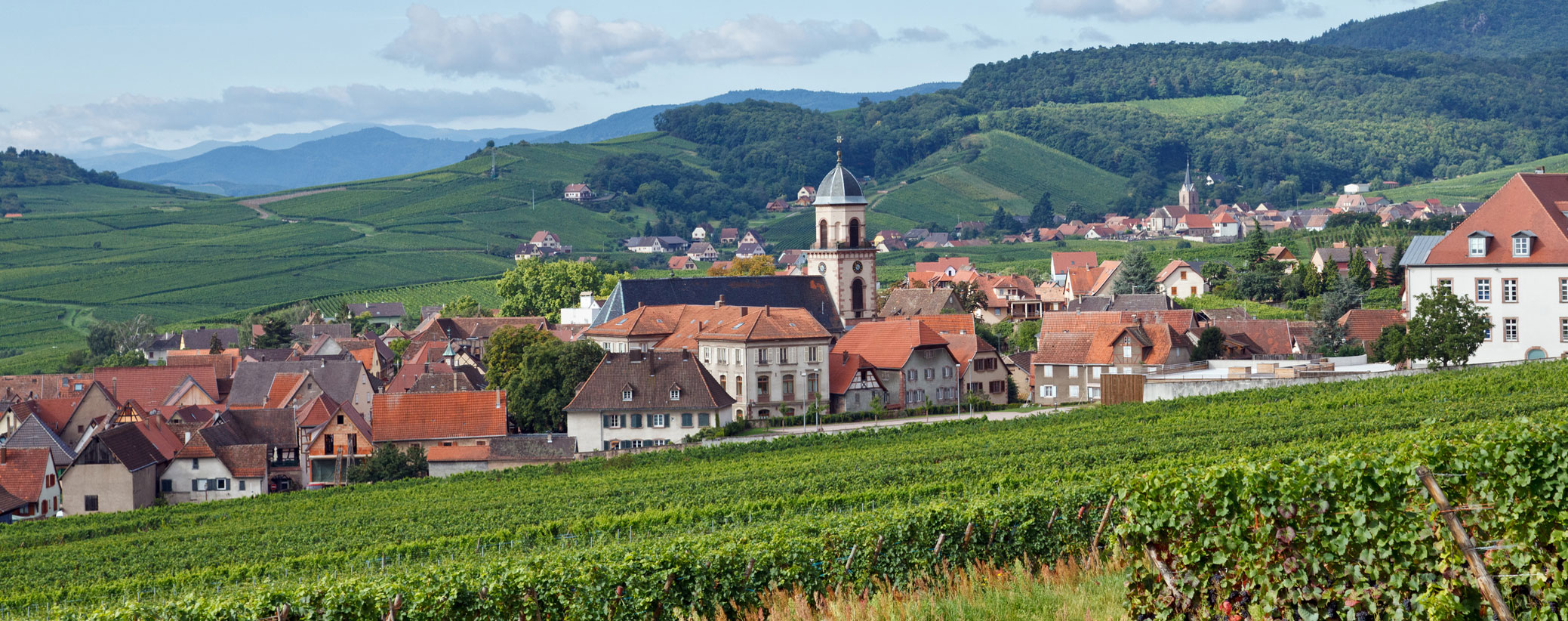Unlike other French regions, Alsace bottles are labelled by grape; thus, with a quick glance, it’s apparent whether the wine is a Riesling or a Gewurztraminer, for example. The labelling initiative became law in May 2021 and was originally proposed by the Association of Alsace Wine Growers with support from the CIVA (Conseil Interprofessionnel des Vins d’Alsace or Alsace Wine Board) along with other wine professionals in the region.
The labelling aims to make it even simpler for consumers to select wines, and this new, clear indication will also support the trade, helping them better navigate the region and offer guidance to their customers.
Jenni Wagoner, group wine director for restaurant chain Zuma and Oblix, commented: “Introducing wines from Alsace to guests has always been a pleasure of mine and I know that this standardised sweetness guide will not only assist wine professionals when creating food pairings, but will give the consumer confidence as they explore the breadth of what this region has to offer.”
Two options for still wines are available to indicate the sweetness level (as defined by European regulations):
Option 1: label with one of the four appropriate terms:
- Dry (sec): sugar content of the wine does not exceed 4g/L
- Medium-dry (demi-sec): sugar content of the wine is between 4g/L and 12g/L
- Mellow (moelleux): sugar content of the wine is between 12g/L and 45g/L
- Sweet (doux): sugar content of the wine exceeds 45g/L

Option 2: visual scale with sweetness levels and an arrow clearly pointing to one specific level (see above).
The new system will apply not only to Alsace wine labels, but also to all advertising, marketing materials, invoices, and containers. CIVA says this move will greatly assist trade partners as it will bring more clarity, transparency and credibility to the purchase or recommendation of Alsace wines.
Note: Balance between residual sugar and acidity is essential in wine, especially for whites as it allows for freshness. Thus, the level of acidity in wine plays a part in its sweetness level.
According to EU regulations:
Dry: sugar content does not exceed 4g/L (or 9g/L if the total acidity in grams of tartaric acid per litre is not more than 2g/L lower than the residual sugar content);
Medium-dry: sugar content of the wine is above 4g/L but does not exceed 12g/L (or 18g/L if the total acidity in grams of tartaric acid per litre is not more than 10g/L lower than the residual sugar content).
Crémant d’Alsace – the region’s traditional method sparkling wine – is not affected by the new regulations as there are already rules in place regarding a sweetness guide on these labels.













.png)






